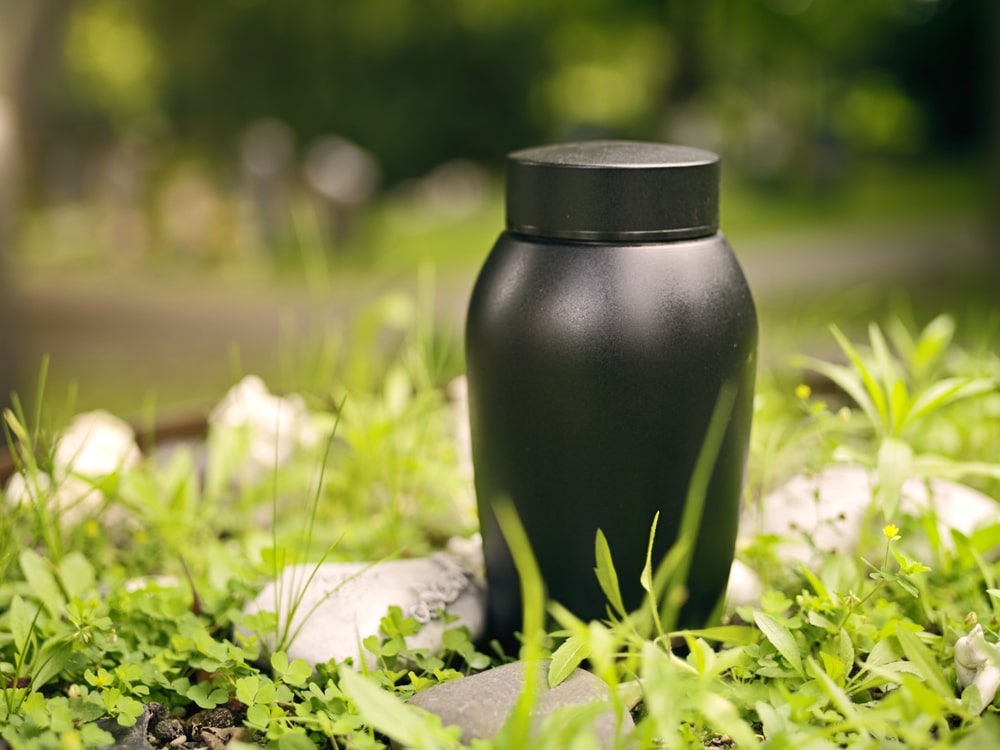As human beings, we have an innate desire to remember and be remembered. This is one reason why permanent memorials, such as grave markers and memorial plaques, are so important. They provide a place for family and friends to reflect on and remember a loved one’s life and legacy. Permanent memorials also give future generations a place to anchor themselves to the past and discover their own roots.

If you are planning for burial, you may have questions about selecting and installing a grave marker. Below are some suggestions to keep in mind as you consider what type of permanent memorial best fits your specific needs. Please note – both caskets and urns can be buried, so even if you choose cremation, a permanent memorial is something to consider.
Look into the specific guidelines and regulations of your cemetery
Before deciding on the material and style of a grave marker, speak with your chosen cemetery. Some cemeteries have certain restrictions about what they do and do not allow. For example, space limitations may prohibit a large grave marker, or they may require a flat plaque to make ground maintenance easier. Contact the cemetery to determine if they have any rules or regulations regarding permanent memorials.
Select the type of grave marker
When choosing a grave marker, the first thing you will need to select is a type. The grave marker you choose is based on personal preference, unless you must adhere to cemetery regulations.
Here are some common options to consider:
- Footstone – Generally made of marble, this marker is located at the foot of the grave.
- Upright Headstone – The traditional style of marker that sits tall in the ground.
- Flat Marker – Lies flush with the ground and has a minimalist design.
- Slant Marker – Similar to a flat marker but taller with an upward slant to make reading the inscription easier. Also includes a minimalist design.
- Bevel Marker – Looks a bit like a pillow; slightly raised off the ground, slanting downwards from the back to the front.
- Niche Marker – Usually found in a mausoleum, this plaque attaches to the wall outside a niche.
- Ledger Stone – A large stone that covers the entire space above a grave.
Choose the grave marker material
In addition to choosing a type of grave marker, you will also need to choose a material. Some grave markers only come in specific materials, so be sure to speak with the monument company about your options.
The following are some common materials to choose from:
- Granite – Known for its durability, this is a very popular choice. Over the years, granite has become increasingly affordable and is now one of the less expensive options.
- Marble – Often chosen for aesthetic reasons, marble is a beautiful, smooth material. Unfortunately, it also weathers easily, so the inscription may eventually fade.
- Stainless Steel – A newer type of grave marker, stainless steel is less susceptible to weathering than most other materials.
- Bronze – A sturdy and aesthetically pleasing choice, bronze requires very little upkeep. However, it is a more expensive option.
- Limestone – A traditional, elegant material, limestone is visually pleasing but weak. The softness of this material makes it particularly vulnerable to environmental decay.
Consider adding custom elements to the grave marker
Depending on your chosen cemetery, you may have the option to customize a loved one’s grave marker. This could include adding a photo, personalizing the inscription, or choosing a custom shape, like a heart or a book. You will partner with a monument company to design a loved one’s grave marker, so during that consultation, ask about your custom options and see if anything appeals to you as a way to honor your loved one’s memory. Click here for more information abut personalizing grave markers.
Ask about the cemetery’s installation services
Because installing a grave marker takes skill and knowledge, cemeteries often offer installation services. When you speak with the cemetery personnel, ask about the installation fee and how much it is. In the off chance that they don’t offer installation services, you can pay a local monument installer to set it for you. The cemetery can direct you to a trusted local installer.
Look into your headstone options as a veteran
If you are an eligible veteran or veteran dependent (like a spouse), the Department of Veterans Affairs will provide a free headstone or appropriate marker for your grave. To receive a government-issued headstone, a veteran can be buried in a national cemetery, a state veterans cemetery, a military post or base cemetery, or a private cemetery.
However, a veteran’s dependents aren’t eligible to receive a free headstone if they are buried in a private cemetery. Installation fees at a private cemetery may still apply.
To learn more about your grave marker options with the Department of Veterans Affairs, visit their website.
Get creative with green or natural grave markers
If your family is interested in green or natural burial, you may want to consider planting a tree or a shrub at the gravesite. This option is environmentally friendly and could be particularly meaningful if the deceased was fond of nature. Some green or natural cemeteries will allow you to place a small, flat stone as a marker, but they do not allow the use of standard grave markers. To learn more about green or natural burial, click here.
Plan ahead for cemetery needs
After the loss of a loved one, families are often distracted from their grief by all the decisions that must be made. By planning ahead, you can remove many of these funeral planning obstacles ahead of time. Talk to your loved ones about your preferences in advance or work with a local funeral home and cemetery to outline your wishes. When they don’t know a loved one’s preferences, many families agonize over whether or not they made the right funeral choices. With a little advance preparation, you can make a difficult time easier for your surviving family members.
If you have more questions about selecting or installing a grave marker, reach out to your chosen cemetery. They will answer your questions and help you understand your options.









